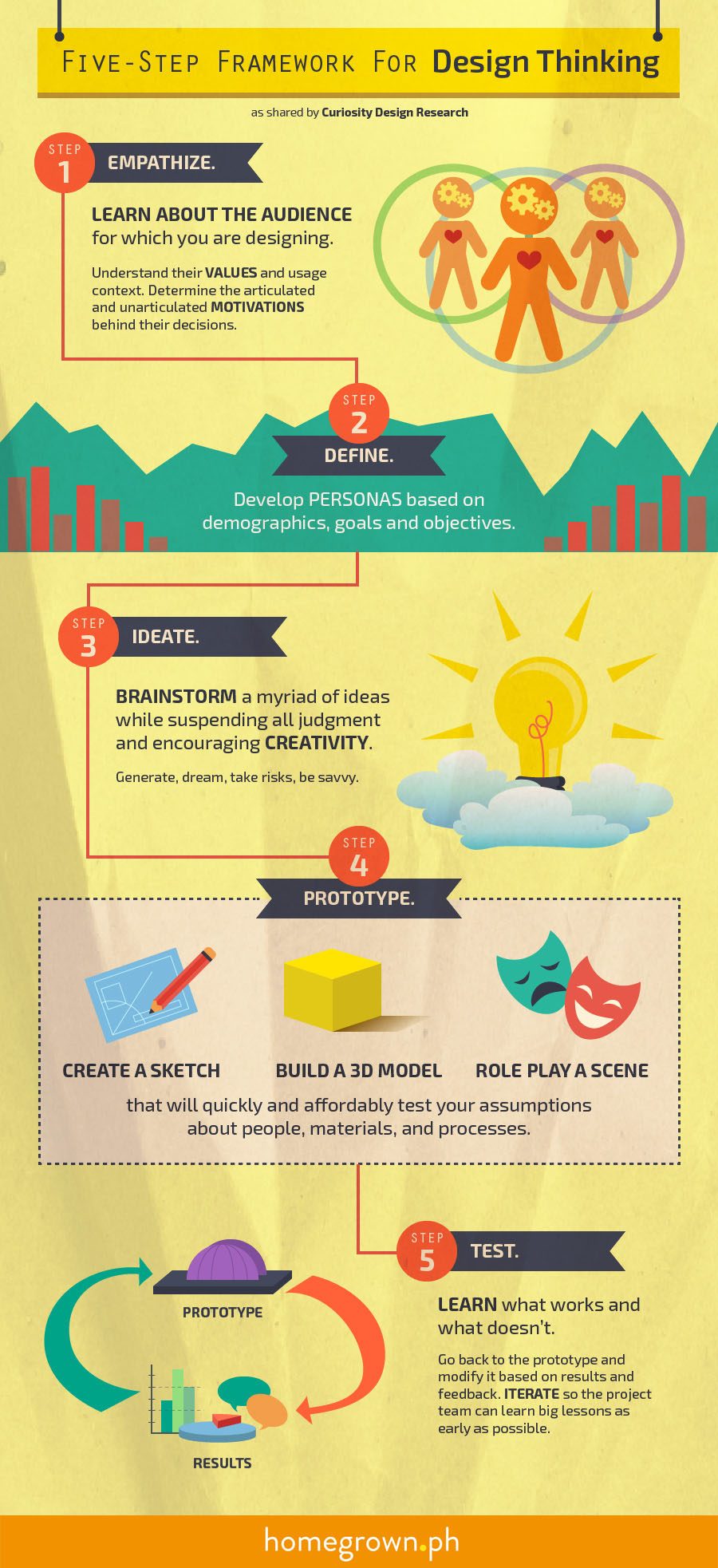Instructional designers are tasked with more than creating an elearning course. They are expected to create a course that is effective.
The content and the way that it is presented has to fulfill a set of objectives and in many cases elicit some form of measurable change.
Because of this requirement instructional designers think about course content differently than most. They engage in design thinking.
Design thinking refers to a specific process that is used while designing. Most of the time instructional designers don’t even realize this is what they are doing. Design thinking is inherently abstract and quite theoretical but it plays an essential role in creating effective elearning courses.
One of the main principles design thinking promotes is that design makes ideas tangible and this facilitates communication. When considering this in the context of creating online courses we can see how important the instructional design process is to facilitating measurable behavior results.
More effective design means more effective communication. Better communication in courses results in a greater chance that the course’s main learning objectives are retained, thus resulting in the desired output.
As mentioned, you may already be doing this to some extent without even knowing it when you create your online courses.
But if you start with a design thinking approach initially then your courses may have more impact.
To help with this approach, Curiosity Design Research created a five-step framework for the design thinking method. Below you will find an infographic that briefly outlines each of these five steps.
The important takeaway here is that in order to design effectively you have to know the audience. An accurate audience profile will influence all other aspects of your course development process.

Justin Ferriman
@LearnDashLMS








